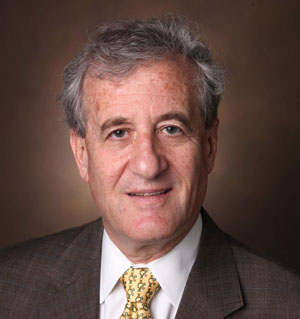When atherosclerosis develops in the coronary arteries over a period of time, complete blockage of that artery can result in chest pain, shortness of breath and decreased quality of life.
Not all patients with this condition, known as coronary chronic total occlusion (CTO), are good candidates for traditional coronary artery bypass surgery, so they have been treated medically, but often without resolution of lifestyle-limiting symptoms.

The Vanderbilt Heart Complex Coronary Revascularization and CTO program, led by Pete Fong, M.D., and Elias Haddad, M.D., is experiencing success rates for unblocking CTOs that are on par with national centers of excellence.
“The landscape for CTO procedures has evolved rapidly in the last three years,” said Haddad, assistant professor of Medicine. “One in five patients undergoing cardiac catheterization has a chronically occluded coronary artery, and now these patients have additional options to manage their heart disease. We can thank a handful of pioneering physicians who recognized this problem and developed new techniques and equipment to treat CTOs without surgery. We have brought these techniques to Middle Tennessee after training with international experts in the field.”

A CTO is defined as a 100 percent occlusion (blockage) in a coronary artery of at least three months’ duration. Percutaneous coronary intervention (PCI), which involves opening a blocked artery with a balloon and then placing a stent to hold it open, remains controversial for the treatment of CTO because there have not been any randomized trials to compare PCI to medical therapy or coronary bypass to determine long-term benefit.
Those trials are now ongoing and there should be results in the next three to four years. However, recognition of the benefits of comprehensive revascularization and increasing success rates of CTO recanalization are transforming CTO management, Fong said.
Patients typically present with chest pain (angina) that limits their daily activities. This was the case for 73-year-old Charlie Greer from Rogersville, Tennessee. After experiencing angina and shortness of breath, he sought help from a community physician who told him there was nothing he could do. Managing total occlusions of a coronary artery requires special skills and equipment available at larger, high-volume medical centers with a dedicated team, Fong said.
Greer was referred to Vanderbilt Heart and Vascular Institute for a second opinion and Fong took his case.
“We open up these 100 percent blocked vessels using different techniques. The problem with a 100 percent blocked vessel is it’s like going through concrete. It’s been there for more than three months so it’s not very easy to do,” Fong said. “Cardiac interventionalists trained in CTO techniques can go outside the vessel lumen and come back inside the vessel once we get past the blockage. We can go through collateral vessels backwards into the blocked artery. It takes extra time and it takes extra equipment that most physicians are not trained to use,” Fong said.
Fong and the CTO team were able to open up Greer’s blocked vessel and he has found significant improvement since then.
“Dr. Fong told me when they got through the blockage, they all said ‘hooray.’ I cried like a baby. I couldn’t help it,” Greer said. “He did a fine job. They all did.”
In counseling patients for this procedure, physicians should consider the potential for improved quality of life by decreasing angina, and decreasing the need for coronary artery bypass and anti-angina medications.















